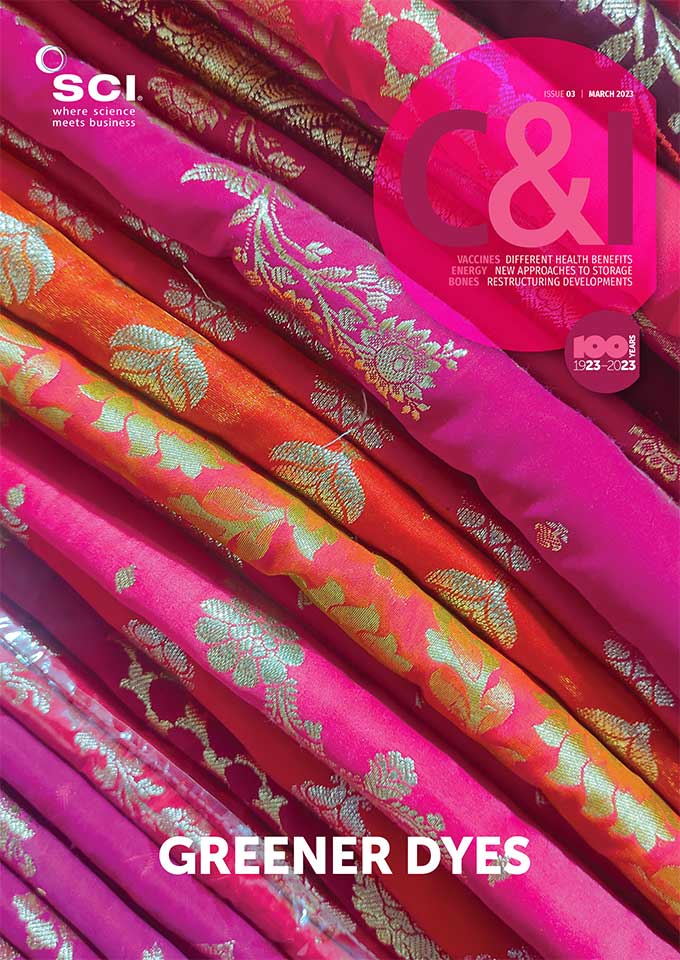Anthony King
Particles of graphene with different shapes have been generated – and could be used to remove toxins from water. The discovery came about serendipitously when materials scientists were exploring the interactions between graphene oxide and a hydrocarbon surfactant.
Graphene oxide is a mineral liquid crystal that forms stacked structures in water, while the surfactant CTAB (cetyl trimethylammonium bromide) is a molecular liquid crystal.
‘They are both liquid crystals, but different kinds,’ says research leader Aravind Vijayaraghavan at the University of Manchester, UK. ‘When you mix them in different ways, under different conditions, you can generate different hybrid structures.’ The graphene oxide and CTAB can self-assemble as core-shell hydrogel microparticles shaped as spheres, donuts or jellyfish, depending on conditions. Both materials are soluble in water but exhibit differences in terms of viscosity and surface tension.
‘When a graphene oxide droplet hits the surface of the CTAB, it doesn’t immediately dissolve,’ says Vijayaraghavan. ‘It deforms and starts to flow in a spiral pattern.’ This vortex ring effect is the same phenomenon that causes smoke rings to form when hot smoke hits colder, denser air.
CTAB electrostatically absorbs onto the surface of the graphene. The shapes formed depend on the complicated interplay of three main forces: viscosity, surface tension and inertial forces. Electrostatic forces come into play later to stabilise shapes.
By adjusting which force was dominant, the lab could preferentially make spheres, donuts or jellyfish shapes (J. Mol. Liquids, doi: 10.1016/j.molliq.2023.121341).
‘We discovered that these particles of different shapes can be formed under different conditions, with interesting shapes and structures, so [we asked] where can we use them,’ recalls Vijayaraghavan. They decided on water purification as a potential application.
Graphene is suitable for absorbing toxins because it is just one atom thick and therefore has a very high surface area for a given mass or volume. But graphene by itself is not very specific at absorbing molecules. By attaching the CTAB molecules to graphene oxide, the graphene was modified to specifically absorb certain dye molecules. ‘The graphene now has an additional chemical functionality, which allows us to absorb a specific type of contaminant,’ says Vijayaraghavan.
The lab is now trying to identify what combination of size, density and shape of the particles gives the best results.
The particles could be dropped into water to pick up toxins, or contaminated water could be passed through a column packed with such particles to grab contaminants. The approach, say the researchers, could also be used for other applications, such as in catalysis or for energy storage devices.
Vijayaraghavan says using graphene for water purification could be feasible if it adds significant economic value by, for example, extracting chemicals at very dilute concentrations. ‘We don’t really know what the cost of graphene oxide will be once it is manufactured at scale,’ he says. ‘But the way prices have come down during scale up so far suggests that it could be economically viable even for things like water purification.’





